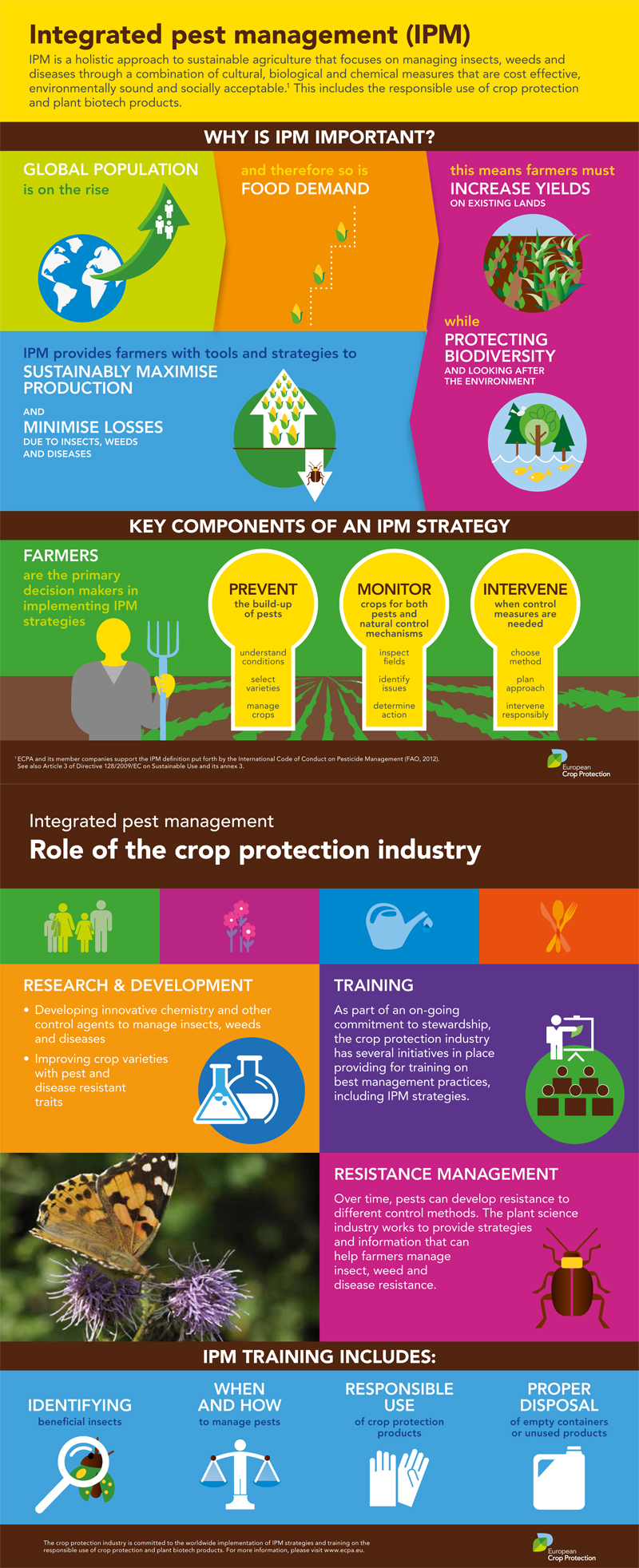Use Your Expertise Of Rodent Nesting Habits To Outwit These Pest Monitoring Techniques
Use Your Expertise Of Rodent Nesting Habits To Outwit These Pest Monitoring Techniques
Blog Article
Web Content By-TRUE Thorsen
When it comes to rodent control, recognizing typical rodent actions is vital to successfully managing problems. Did you know that rodents have some remarkable nesting practices that might stun you? By exploring https://www.cityofirvine.org/ipd-divisions-bureaus-units/animal-services , you can get useful understandings right into how to take on rodent issues in a more calculated and efficient way. So, allow's unwind the mysteries behind these animals' actions and learn how to outmaneuver them in your rodent control initiatives.
Rodent Nesting Behaviors
When observing rodents in their all-natural environment, you'll discover that they actively look for products to build their nests. Rodents, such as computer mice and rats, are clever creatures that utilize a variety of things like branches, leaves, paper, and fabric to develop their homes. They're meticulous in their nest-building procedure, usually lining their nests with softer products like fur or feathers to create a relaxing setting.
Rats like to develop their nests in concealed and safe places to shield themselves and their young from predators. Common nesting places include wall tooth cavities, attic rooms, cellars, and even within insulation materials. By constructing their nests in these private areas, rats can securely increase their spawn away from prospective risks.
It is necessary to recognize the nesting practices of rats when applying control actions. By disrupting their nests or getting rid of materials, you can discourage rodents from developing a presence in your home or building. Correct sanitation and sealing access factors are additionally vital steps in protecting against rodent problems.
Rat Feeding Patterns
After observing rats' nesting habits, it ends up being noticeable that their feeding patterns play an important role in their lives and actions. Rodents, consisting of computer mice and rats, are opportunistic feeders, meaning they'll eat whatever food resource is easily available. They're mostly nighttime creatures, preferring to forage for food throughout the cover of night to prevent predators.
Rodents have a varied diet regimen, varying from grains, seeds, fruits, and vegetables to insects, nuts, and also small animals. This flexibility in their food choices enables them to flourish in various settings, consisting of city areas where human food sources are abundant.
Their feeding patterns aren't only driven by cravings but additionally by the requirement to stockpile food for times of deficiency. This behavior is especially noticeable to prepare for winter season or when nesting. Rats are understood to hoard food in their nests or burrows, making certain a continuous food supply. Comprehending their feeding patterns is essential in applying reliable rodent control procedures to interrupt their food resources and avoid invasions.
Rat Movement and Traveling
Rats browse their environments with dexterity and stealth, utilizing their eager senses to relocate swiftly with their settings. These animals are proficient climbers, able to range walls and vertical surface areas easily. They can also squeeze through remarkably tiny openings, making it important to seal off any potential entry factors in your home.
When it comes to traveling, rodents have a tendency to follow acquainted paths, developing tracks along walls or skirting the sides of rooms. They're creatures of habit, often adhering to these established paths as they forage for food or discover their surroundings.
Rats are known for their nocturnal habits, so you may hear them scurrying around during the night as they look for food and water. Their activities fast and irregular, permitting them to dart in and out of sight in the blink of an eye.
Recognizing exactly how rats relocate and take a trip can aid you recognize potential invasion locations in your home and take aggressive steps to stop these insects from gaining a grip.
Verdict
As you function to regulate rodents in your home, remember that comprehending their habits is crucial. By acknowledging their nesting practices, feeding patterns, and activity, you can efficiently stop infestations.
Together, by taking positive actions to remove food sources and seal off access points, you can interrupt their acquainted paths and require them to seek new places, ultimately decreasing the chance of rodent presence in your home.
